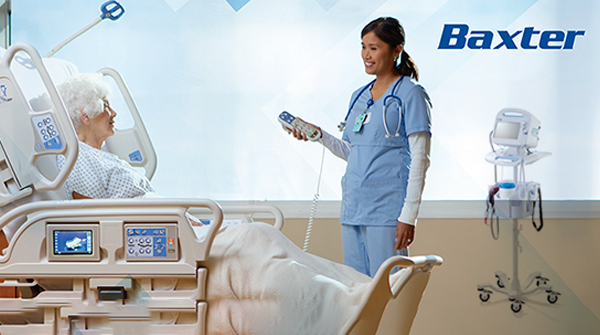ICAD and GE Healthcare Collaborate to Enhance Breast Cancer Detection with AI-Powered Solutions
29 November 2023
iCAD, a prominent global player in cutting-edge cancer detection solutions, has announced that its primary artificial intelligence (AI) powered solutions from the ProFound Breast Health Suite will be the inaugural offerings in GE HealthCare's recently unveiled MyBreastAI Suite*. With breast cancer ranking as the most frequently diagnosed cancer globally, iCAD's AI solutions play a vital role in addressing key challenges in breast imaging, including access, burnout, variability, equity, and cost.
GE HealthCare's MyBreastAI Suite, featuring iCAD's three main AI-enabled solutions, aims to optimize workflow efficiency for clinicians, expediting breast cancer detection and providing more personalized and effective breast care. ProFound Detection, AI for Digital Breast Tomosynthesis (DBT), stands out as a high-performing, deep-learning AI workflow solution. It swiftly assesses 3D mammograms, detecting malignant soft tissue densities and calcifications with unmatched accuracy, showing a 2x enhancement in clinical performance compared to other AI platforms. ProFound Detection, offering Lesion Scores and Case Scores, assists in clinical decision-making, workload prioritization, and holds promise in reducing burnout.
SecondLook for 2D Mammography utilizes AI to promptly and clearly mark suspicious areas in 2D mammography, identifying potential cancers. Simultaneously, PowerLook Density Assessment automates breast density evaluation, providing an objective and reproducible measure crucial for personalized screening recommendations.
This collaboration signifies a significant step forward in integrating key AI-powered solutions from iCAD's ProFound Breast Health Suite into GE HealthCare's MyBreastAI Suite. The ongoing collaboration aims to advance breast cancer detection and diagnostic innovation. Clinical studies have demonstrated that iCAD's ProFound AI solutions significantly enhance reading sensitivity and specificity, reduce reading times, and improve clinical decision support and workflow efficiency for radiologists.
Source: globenewswire.com

